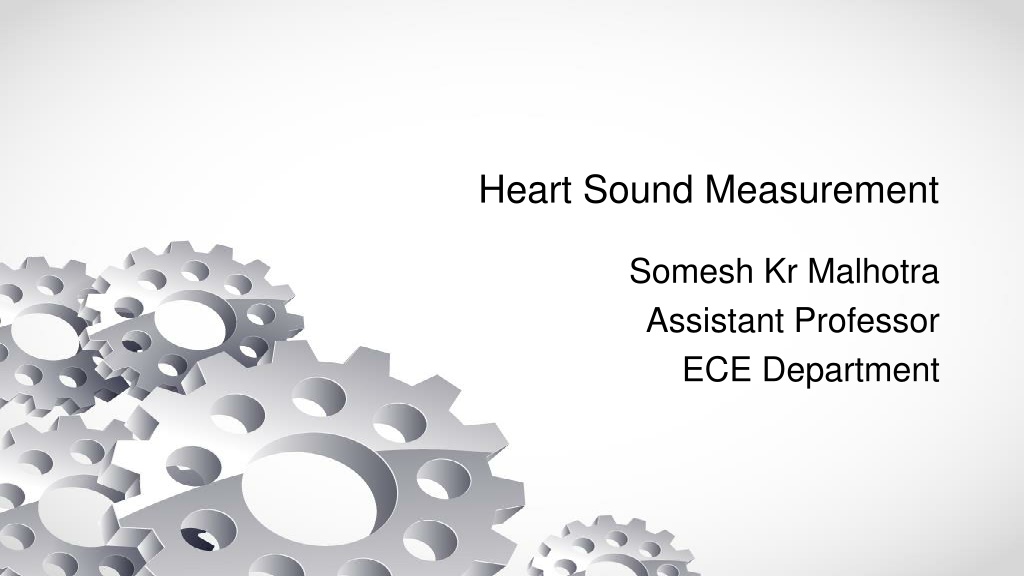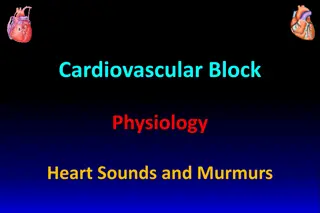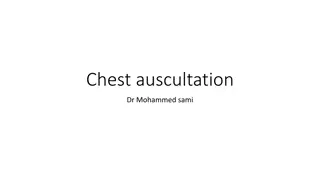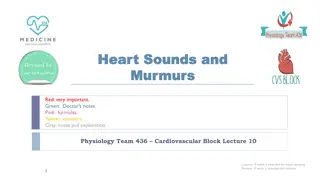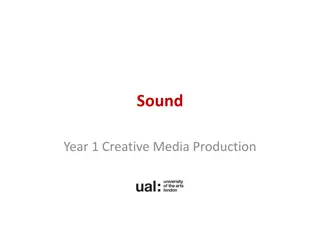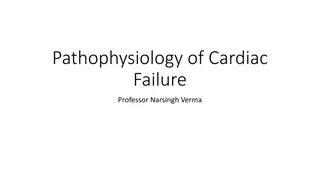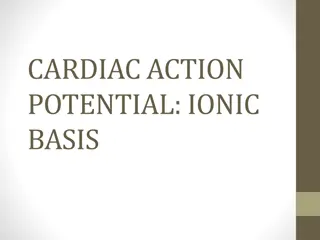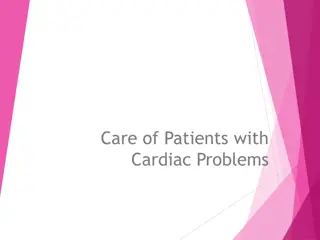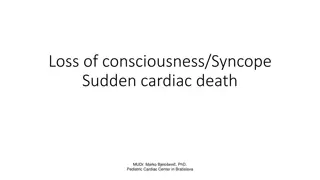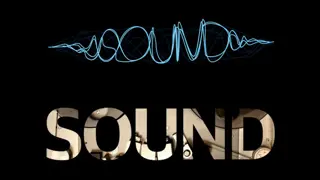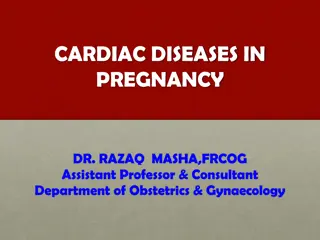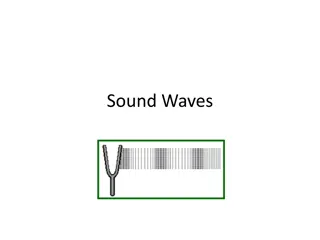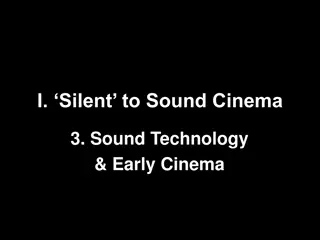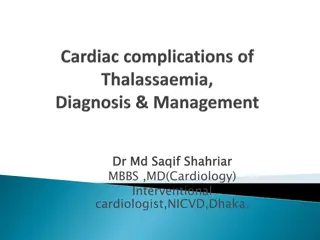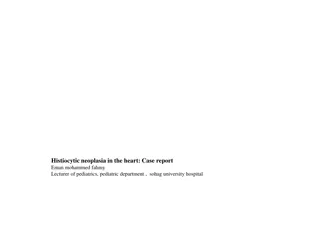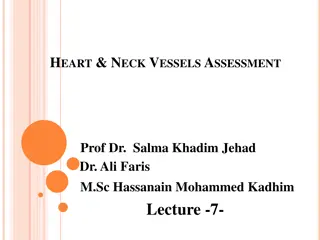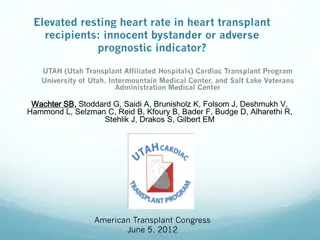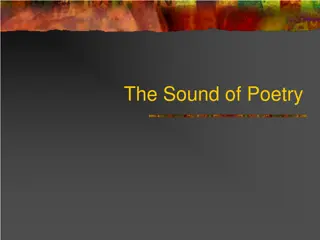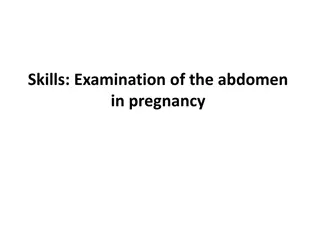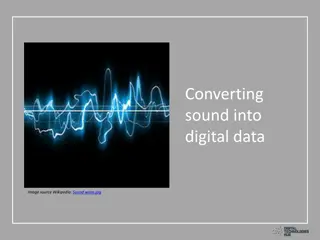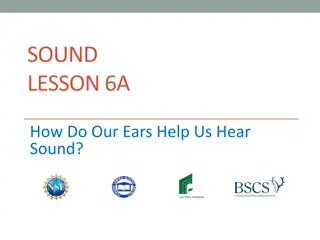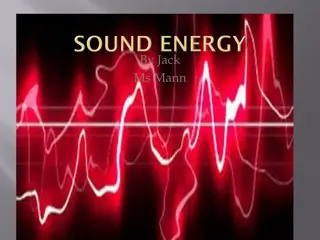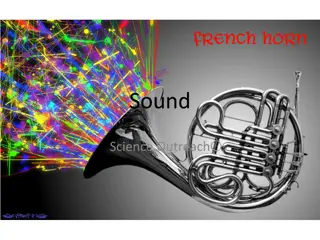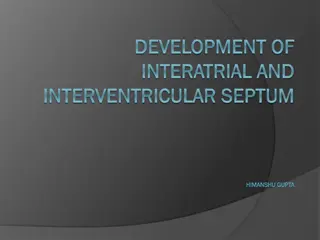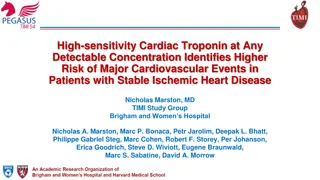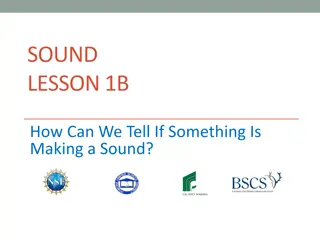Understanding Heart Sound Measurement in Cardiac Auscultation
Heart sound measurement plays a crucial role in cardiac auscultation. This process involves listening to the four basic heart sounds produced by various mechanisms in the heart, such as valve closure, abnormal valve opening, ventricular chamber vibrations, chordae tendineae tension, and turbulent blood flow. Through the placement of a stethoscope on different chest regions, healthcare professionals can detect normal and abnormal heart sounds, including murmurs, to assess heart function and potential cardiac issues.
Uploaded on Oct 03, 2024 | 0 Views
Download Presentation

Please find below an Image/Link to download the presentation.
The content on the website is provided AS IS for your information and personal use only. It may not be sold, licensed, or shared on other websites without obtaining consent from the author. Download presentation by click this link. If you encounter any issues during the download, it is possible that the publisher has removed the file from their server.
E N D
Presentation Transcript
Heart Sound Measurement Somesh Kr Malhotra Assistant Professor ECE Department
Introduction When a stethoscope is placed on the chest over different regions of the heart, there are four basic heart sounds that can be heard (listening to heart sounds is called cardiac auscultation). The sounds waves responsible for heart sounds (including abnormal sounds such as murmurs) are generated by vibrations induced by valve closure, abnormal valve opening, vibrations in the ventricular chambers, tensing of the chordae tendineae, and by turbulent or abnormal blood flow across valves or between cardiac chambers
Introduction The common mechanisms by which heart sounds are generated include (1) opening or closure of the heart valves (2) flow of blood through the valve orifice (3) flow of blood into the ventricular chambers (4) rubbing of cardiac surfaces.
